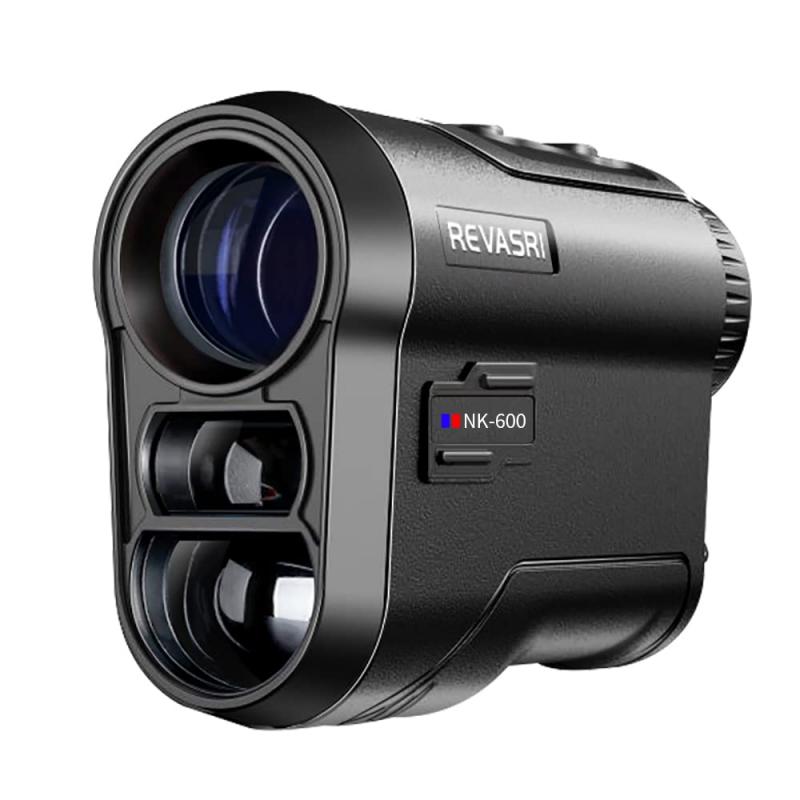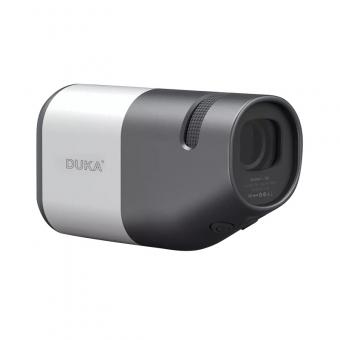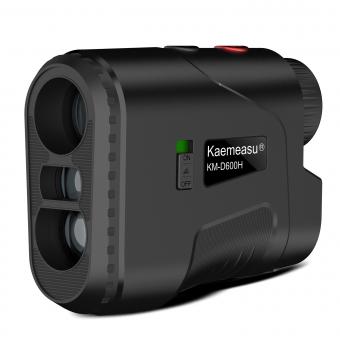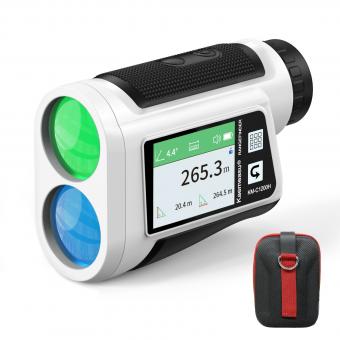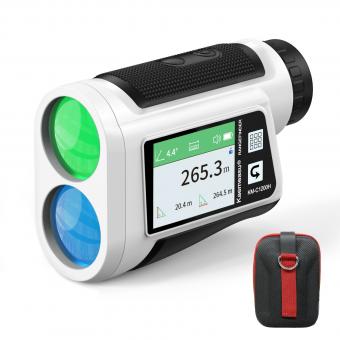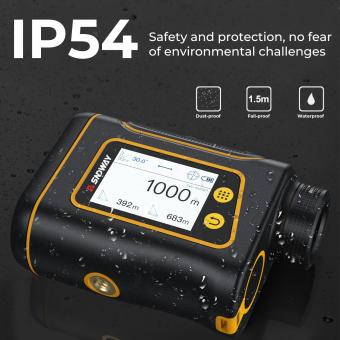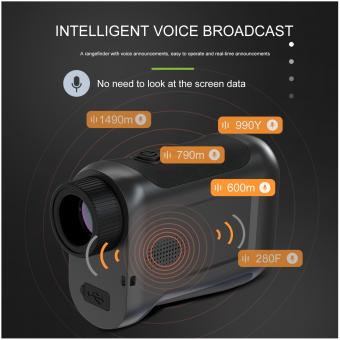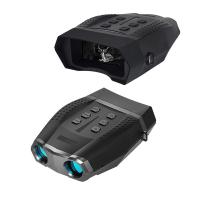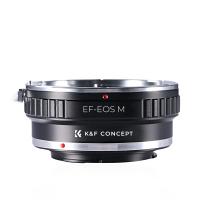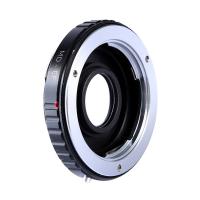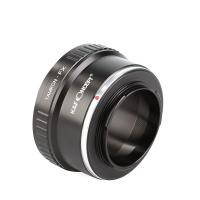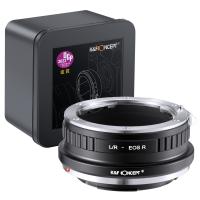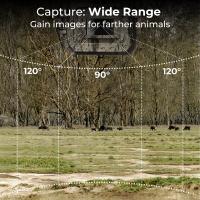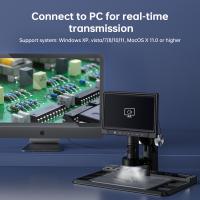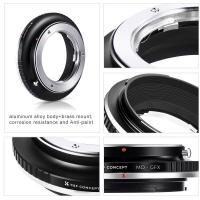How Do Golf Rangefinders Work ?
Golf rangefinders work by using laser technology to measure the distance between the device and a target, such as a flagstick or a hazard on the golf course. The rangefinder emits a laser beam that bounces off the target and returns to the device. By measuring the time it takes for the laser beam to travel to the target and back, the rangefinder calculates the distance accurately. Some rangefinders also take into account factors like slope and elevation to provide more precise measurements. The distance is then displayed on the rangefinder's screen, allowing golfers to determine the exact distance to their target and make more informed club selections.
1、 Laser technology: Using lasers to measure the distance to the target.
Golf rangefinders are devices used by golfers to accurately measure the distance to their target, typically the flagstick or a specific point on the golf course. These devices utilize laser technology to determine the precise distance.
Laser technology is the most common method employed by golf rangefinders. The device emits a laser beam towards the target, and the time it takes for the beam to bounce back to the rangefinder is measured. By knowing the speed of light, the device can calculate the distance based on the time it took for the laser to return.
The laser beam emitted by the rangefinder is typically very narrow and focused, allowing for accurate targeting. The device often has a built-in magnification feature, enabling the golfer to clearly see the target and ensure accurate measurements.
In recent years, there have been advancements in laser technology that have improved the accuracy and functionality of golf rangefinders. Some devices now incorporate slope measurement capabilities, which take into account the elevation changes on the golf course. This feature provides golfers with more precise distance measurements, taking into consideration the uphill or downhill slope of the terrain.
Additionally, some rangefinders now have GPS (Global Positioning System) capabilities, allowing golfers to obtain distance measurements by utilizing satellite data. This combination of laser and GPS technology provides golfers with even more accurate and comprehensive distance information.
Overall, golf rangefinders work by utilizing laser technology to measure the distance to the target. With advancements in technology, these devices have become increasingly accurate and versatile, providing golfers with valuable information to improve their game.
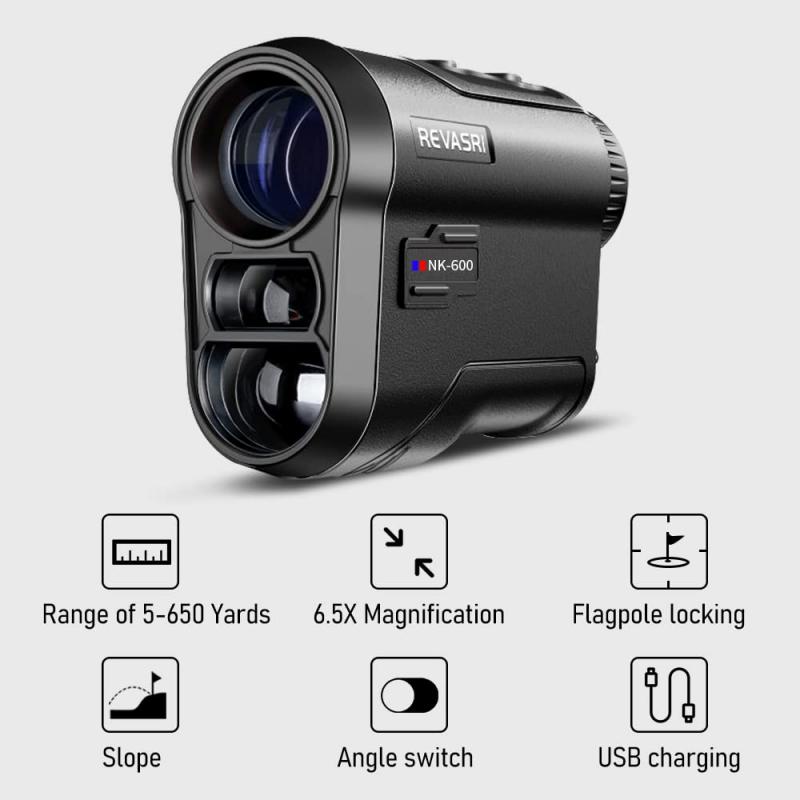
2、 GPS technology: Utilizing satellite signals to determine accurate distances.
Golf rangefinders are devices used by golfers to accurately measure distances on the golf course. They provide golfers with precise measurements to various targets, such as flags, hazards, or other landmarks. There are two main types of golf rangefinders: laser rangefinders and GPS rangefinders.
Laser rangefinders work by emitting a laser beam towards the target and measuring the time it takes for the beam to bounce back. By calculating the time it takes for the laser to return, the rangefinder can determine the distance to the target. This technology is highly accurate and provides real-time measurements. However, laser rangefinders require line of sight to the target, so they may not be suitable for measuring distances to targets that are obstructed or hidden.
GPS technology, on the other hand, utilizes satellite signals to determine accurate distances. GPS rangefinders rely on a network of satellites to triangulate the golfer's position on the course. They use preloaded course maps to provide precise measurements to various points on the course. GPS rangefinders can display distances to hazards, layup points, and the front, middle, and back of the green. They also often offer additional features such as shot tracking and scorekeeping.
The latest advancements in GPS rangefinders include improved accuracy and faster satellite acquisition times. Some devices now offer aerial views of the course, allowing golfers to see the layout and plan their shots more effectively. Additionally, many GPS rangefinders can be synced with smartphone apps, providing golfers with even more detailed information and analysis.
In conclusion, golf rangefinders work by either using laser technology or GPS technology to accurately measure distances on the golf course. While laser rangefinders provide real-time measurements but require line of sight, GPS rangefinders utilize satellite signals and preloaded course maps to offer precise measurements and additional features. The latest advancements in GPS rangefinders have improved their accuracy, speed, and functionality, enhancing the overall golfing experience for players.
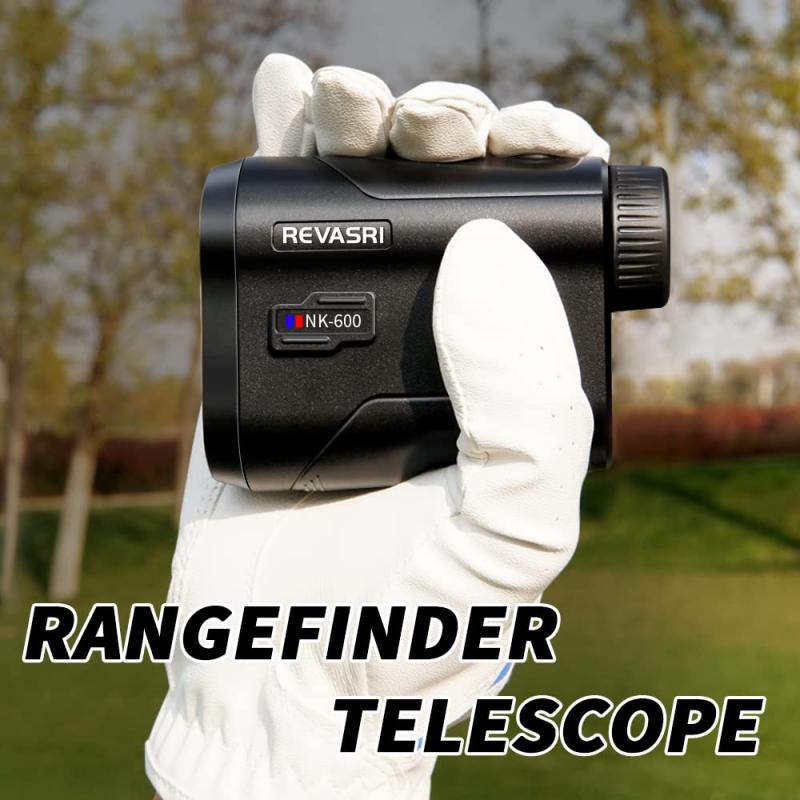
3、 Slope compensation: Adjusting measurements based on the slope of the terrain.
Golf rangefinders are electronic devices that help golfers accurately measure the distance to a target on the golf course. They have become an essential tool for many golfers, both amateurs and professionals, as they provide precise measurements that can greatly improve their game.
One of the key features of golf rangefinders is slope compensation. This feature allows the device to adjust measurements based on the slope of the terrain. When a golfer is playing on a course with varying elevations, the slope compensation feature takes into account the uphill or downhill angle and provides a more accurate distance reading.
The way golf rangefinders calculate slope compensation can vary depending on the model and technology used. Some rangefinders use built-in inclinometers or tilt sensors to measure the angle of the device relative to the ground. By combining this angle information with the distance measurement, the rangefinder can calculate the adjusted distance that accounts for the slope.
It is important to note that the use of slope compensation in golf rangefinders is not allowed in official tournaments or competitions. The USGA (United States Golf Association) and R&A (The Royal and Ancient Golf Club of St Andrews) have deemed it as a non-conforming feature. However, many rangefinders offer a mode that allows users to disable slope compensation, making them tournament legal.
In recent years, there has been some debate about the use of slope compensation in golf rangefinders. Some argue that it provides an unfair advantage by taking the guesswork out of adjusting for slope, while others believe it is a valuable tool that helps golfers make more informed decisions on the course.
Overall, golf rangefinders with slope compensation offer golfers a convenient and accurate way to measure distances, taking into account the slope of the terrain. Whether or not to use this feature is a personal choice, but it is important to be aware of the rules and regulations regarding its use in official competitions.
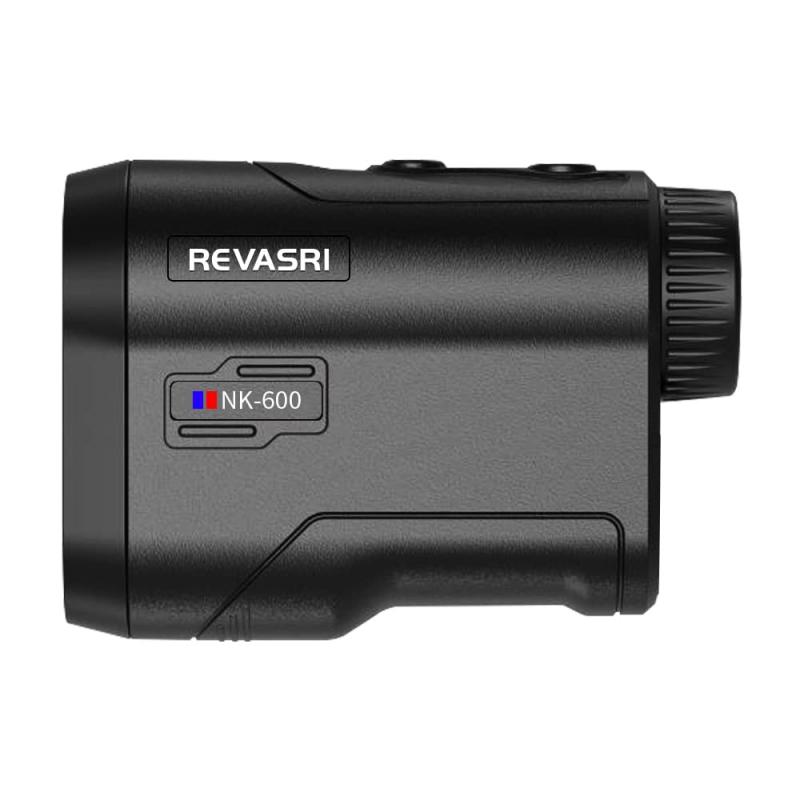
4、 Pin-seeking technology: Targeting the flagstick for precise distance calculations.
Golf rangefinders are essential tools for golfers looking to accurately measure distances on the course. These devices utilize advanced technology to provide precise distance calculations, allowing golfers to make more informed decisions about club selection and shot execution. One of the key features of modern golf rangefinders is pin-seeking technology, which specifically targets the flagstick for accurate distance measurements.
Pin-seeking technology works by using laser beams to determine the distance between the rangefinder and the flagstick. When a golfer aims the rangefinder at the flagstick and presses a button, a laser beam is emitted towards the target. The beam then reflects off the flagstick and returns to the rangefinder. By measuring the time it takes for the laser beam to travel to the flagstick and back, the rangefinder can calculate the distance with great precision.
The latest advancements in pin-seeking technology have further improved the accuracy and reliability of golf rangefinders. Some models now feature advanced algorithms that can filter out background objects and focus solely on the flagstick. This helps eliminate any potential interference from trees, bushes, or other objects that may be in the line of sight.
Additionally, some rangefinders now offer vibration or visual confirmation when the laser has successfully locked onto the flagstick. This feature provides golfers with immediate feedback, ensuring they are targeting the correct object and obtaining accurate distance readings.
Overall, golf rangefinders with pin-seeking technology have revolutionized the way golfers approach their shots. By providing precise distance calculations to the flagstick, these devices enhance accuracy and help golfers make more informed decisions on the course.
